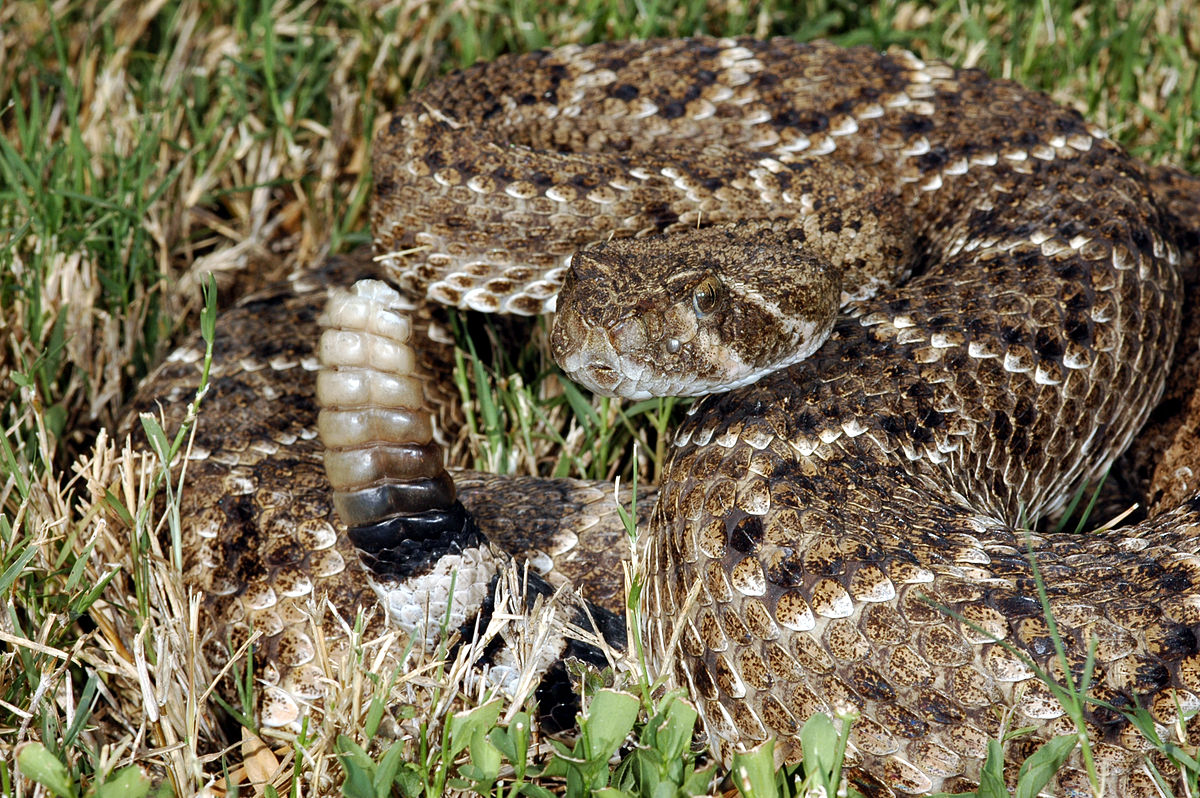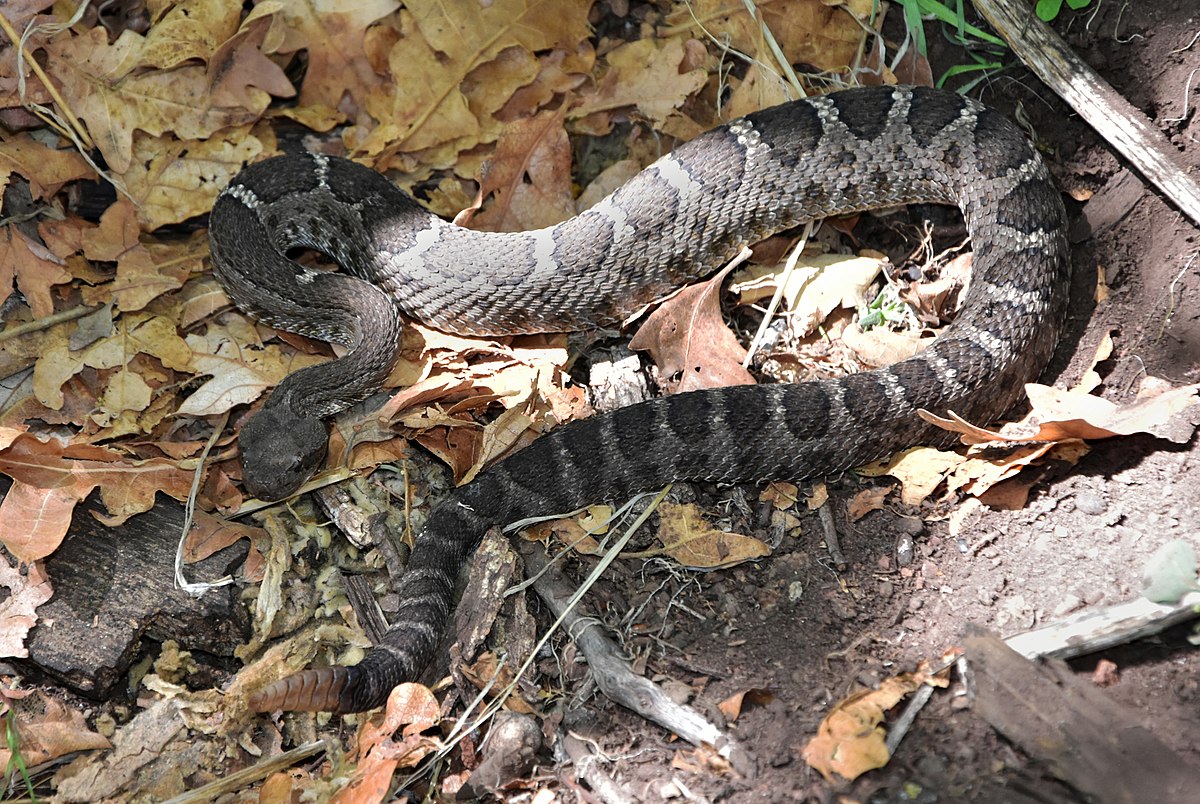When you think of rattlesnakes, the initial reaction might be fear. It’s common, considering these creatures are some of the most recognized and intimidating serpents globally. But did you know, they’re equally fascinating? Offering a mix of awe and intrigue, let’s uncover some captivating rattlesnake facts!
An Introduction to the Rattlesnake World

Rattlesnakes, famous for the characteristic rattle at the end of their tails, consist of 30 different types worldwide. However, only four varieties are predominantly found in the United States. These include the infamous rattlesnake, the coral snake, the copperhead, and the cottonmouth water moccasin. Here’s a closer look at these unique species and other rattlesnake facts that you might find intriguing.
The Rattling Tail: A Warning Device
Moving towards the first in our list of exciting rattlesnake facts and we mention the rattle, an integral part of their persona. This mechanism, situated at the end of their tail, serves as a warning device when threatened.
Masters of Heat Detection
Rattlesnakes are pit vipers, carrying pits under their nostrils. Here’s the catch – these pits aren’t there merely for aesthetic purposes. Rather, they serve as incredible heat detectors. They’re so fine-tuned that rattlesnakes can gauge prey’s size, detect them in absolute darkness, and even sense their body heat. Interesting, isn’t it?
Forked Tongues: More than Meets the Eye
- The forked tongue of rattlesnakes is an esteemed sign of danger and fear. But did you know they also play a significant role other than instilling fear? As it turns out, it serves as a directional aid.
- Rather than relying on external ears, rattlesnakes perceive the world through vibrations. This allows them to navigate and communicate effectively.
Rattlesnake Facts about Reproduction and Lifespan

Let’s delve into how these marvellous creatures reproduce and how long they typically live. It might surprise many, but rattlesnakes give birth live. Females carry eggs within their bodies, which, after hatching inside, are born live – truly a unique phenomenon in the reptilian world!
More Interesting Aspects about Their Life Cycle
- Rattlesnakes’ mating rituals usually last for several hours.
- Newborns do not have their distinctive rattle until after their first molting. With each molt, they acquire additional beads to their rattle.
As for their lifespan, rattlesnakes live up to about 30 years in captivity – a testament to their tenacity and survival skills.
See Related: Exploring the Enigmatic Massasauga Rattlesnake: A Fascinating Look into Their Habitat and Behaviors
Understanding Rattlesnake Behavior

Interaction with Humans
Let’s shift our focus to human interaction and how rattlesnakes behave when they encounter people. An important fact to emphasize is that these creatures usually avoid confrontation. They generally do not strike humans unless cornered or threatened, indicating their mostly defensive nature.
Decoding Their Venomous Bite
- Rattlesnakes, like many other reptiles, are carnivorous and devour their food whole, mainly focusing their diet on ground squirrels, rats, and small rabbits.
- They subdue their prey with a venomous strike, paralyzing and often killing within 20 seconds.
- Interestingly, they can control the amount of venom they inject when they bite. They typically inject less venom when biting out of fear and more when hunting, making young snakes, who haven’t developed this control, potentially more dangerous.
So there you go – a wealth of fascinating rattlesnake facts! Remember, knowledge is key. So, the more we learn about these astounding creatures, the better equipped we’ll be to appreciate and conserve them.
Sources: [Boa Constrictor Facts](https://www.interestinganimals.net/boa-constrictor-facts/), [Massasauga Rattlesnake](https://www.interestinganimals.net/massasauga-rattlesnake/)